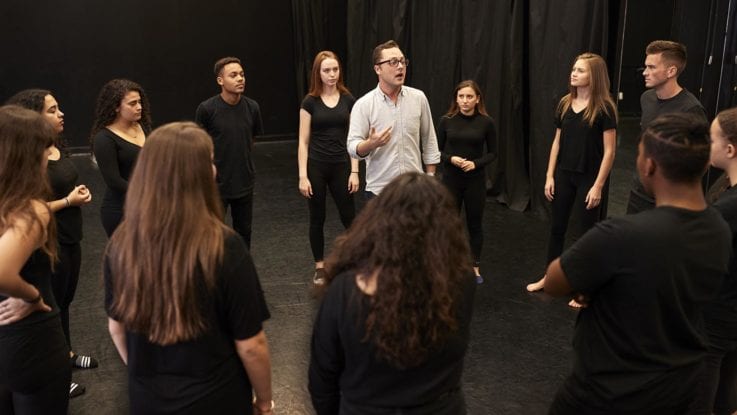By many estimates over half of the S&P 500 companies will no longer exist in a decades time at least according to the research carried out by Innosight. There are a number of reasons why this is happening as seen in the Inc. article linked to above. But one thing stands out to me in the article. The lack of simple guiding principles.
Getting caught up in present-day obligations
In a survey of executives from 91 companies with revenue greater than $1 billion across more than 20 industries, Innosight asked: “What is your organization’s biggest obstacle to transform in response to market change and disruption?” Forty percent of survey respondents blamed “day-to-day decisions” that essentially pay the bill, but undermine our stated strategy to change.” It was by far the most prevalent response. The next most popular answer, at 24 percent, was “lack of a coherent vision for the future.”
The biggest obstacle to transformation for organisations was aligning the day-to-day decisions to the change strategy they have put in place. This is a very common problem across organisations of all sizes in that strategies are undermined by habitual thinking and taking the easy path. It is often the case that we do not notice that this is happening because we have not set out the new strategy in a way that is clear enough for all parts of the business to work into their operation.
What is needed is a set of guiding principles to aid everyone within the organisation with making decisions that fit the values that are set out by the new strategy.
How do we create such a set of guiding principles?
I would put forward the use of Lego Serious Play or a programme of facilitated meetings based on liberating structures to explore the values of the organisation so that the guiding principles emerge from within the organisation. This way everything the organisation does and every decision they make can be aligned with the values by following the guiding principles.
Many organisations get this wrong including large organisations and some of them suffer because of it. As an example, we can look at how organisations use moments in the cultural zeitgeist to appear to have the same values and stand for the same things as the public. Look at M&S’s recent support of LGBTQ+ rights through the launch of the LGBT sandwich (A BLT with added Guacamole). This, on the face of it, seems like a good thing, and there is an argument that it is helpful to normalise the celebration of non-binary lifestyles. But, how does this fit with M&S opening stores in Saudi Arabia since 2014? Those values look to be lip service when the organisation is also making a decision to open stores in a country with a terrible record on LGBT rights.
With a solid set of simple guiding principles, decisions can be taken that align with the organisation’s values and purpose. This can help them avoid conflicts between their values and their functional operations. Allowing the organisation to adapt to change while still knowing what they stand for and being able to communicate that to their customers.
Talk to us today to discuss how we can help you discover the guiding principles for your business.







